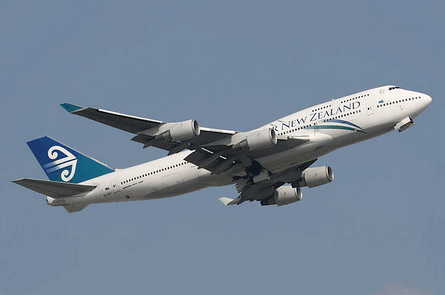Air New Zealand (ANZ) is reporting a successful first test flight of a Boeing 747-400 powered in part by the biofuel jatropha.
The flight was conducted today from Auckland International Airport and took around 2hr, during which more than a dozen performance tests were carried out.
ANZ says the biofuel blend of 50:50 jatropha and Jet A1 fuel was used to successfully power one of the Rolls-Royce RB211 engines on the 747-400.
"We undertook a range of tests on the ground and in flight with the jatropha biofuel performing well through both the fuel system and engine, just as laboratory tests proved it would," says the Star Alliance carrier's chief pilot, Capt David Morgan.
 |
|---|
© Colin Parker/AirTeamImages.com |
"To complete our testing programme our engineers will over the next few days be thoroughly assessing the engine and fuel systems looking for any changes as a result of the use of biofuel. Together with our partners on this project we will then review all the results as part of our drive to have jatropha certified as an aviation fuel."
Jatropha is a plant that produces seeds which contain inedible lipid oil. ANZ says jatropha can be grown in a range of difficult conditions which can leave prime areas available for food crops.
The test flight was carried out in partnership with Boeing, Rolls-Royce and Honeywell's refining technology subsidiary UOP, with support from Terasol Energy.
ANZ says tests were carried out at various altitudes under different operating conditions to measure the biofuel's performance through the No 1 engine and fuel system.
It says there was a typical full-powered takeoff and as the aircraft was between 20,000ft and 25,000ft the No 1 engine fuel pump was switched off to check for fuel lubricity.
At 35,000ft, while the aircraft was at cruise height, engine pressure ratios and other performance parameters were checked. Deceleration and acceleration tests were then carried out, followed by "windmill start" and starter-assisted relight tests during the aircraft's descent.
A missed approach was then simulated with a go-around carried out at 8,000ft to test engine performance at maximum thrust, followed by a normal landing including full reverse thrust on touchdown. The engine was then shut down and restarted successfully after the aircraft had touched down.
Source: Air Transport Intelligence news























